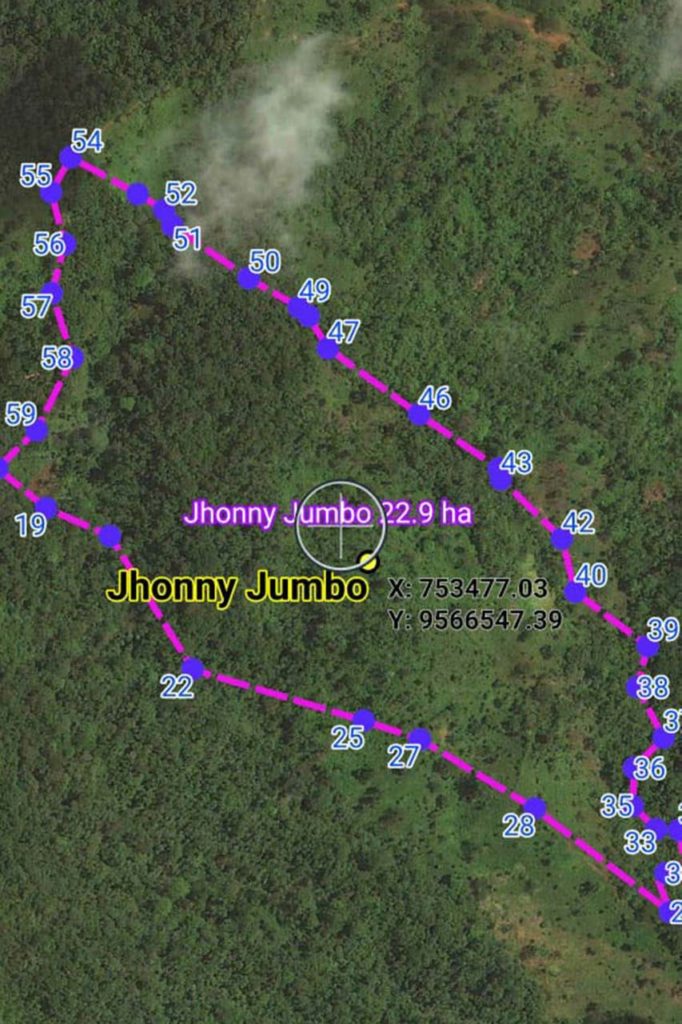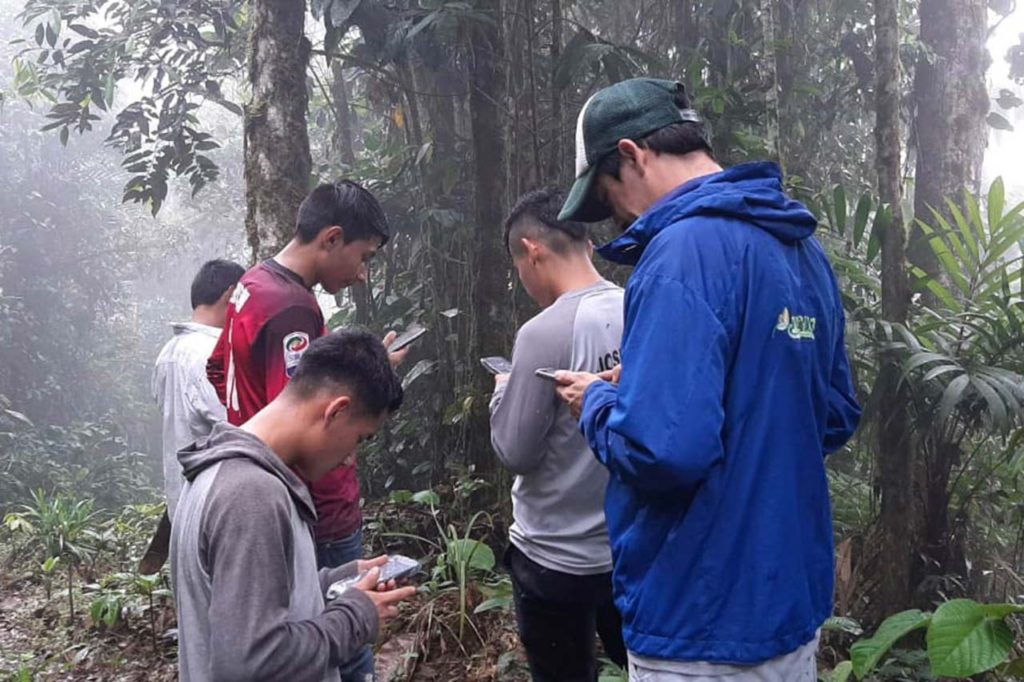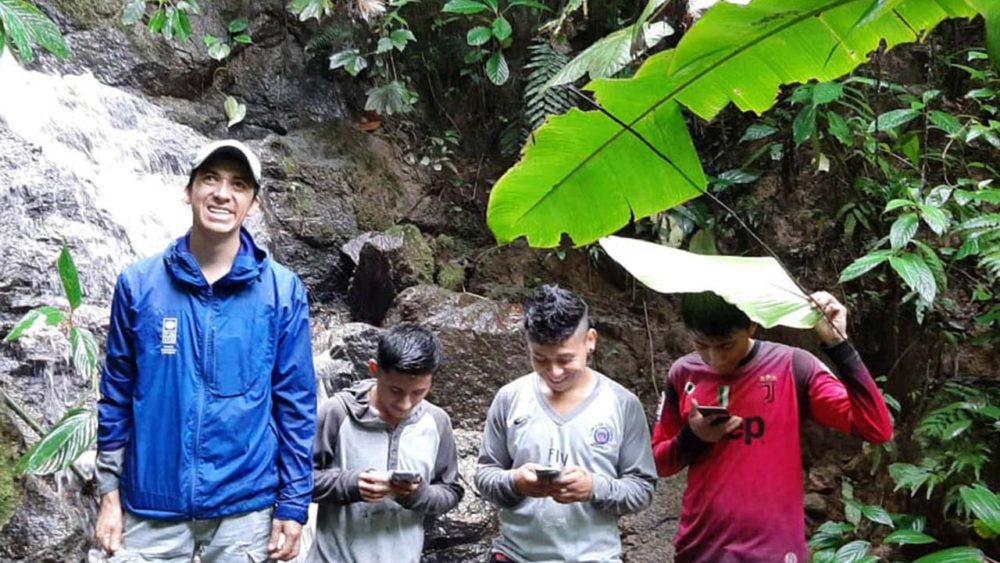Marco Guilcapi. Technical Specialist in Sustainable Cocoa. PROAmazonia.

Talking about cocoa in Ecuador means talking about its history. Its flavor and aroma are badges of recognition worldwide. The agricultural activity linked to this noble crop involves an area of 573,516 ha1, barely 2.3%2 of the country’s total area. Most of this productive activity takes place in the coastal provinces, followed by subtropical areas of some highland provinces and a smaller proportion in the Ecuadorian Amazon.
Comparative and competitive advantages related to production in this country mean that this particular agricultural activity generates about 320,000 jobs, of which 73% are men and 27% women3. Its importance to agricultural foreign trade is demonstrated by its numbers. Over the past five years, average exports exceeded 254,000 tons, representing more than 550 million dollars (FOB) for the national economy each year4.
Currently, an additional factor that differentiates cocoa production in Ecuador involves deforestation. The country is a world leader in demonstrating its effectiveness in applying a policy approach and positive incentives to reduce greenhouse gas emissions caused by deforestation and forest degradation (REDD+).
This global recognition has resulted in projects to consolidate this approach and chart a new path for agricultural products linked to deforestation. This is the case of PROAmazonía, an initiative implemented by the Ministry of Environment (MAE) and the Ministry of Agriculture and Livestock (MAG), with support from the United Nations Development Program (UNDP).

The program seeks to link national greenhouse gas emissions reduction efforts to the country’s high-priority agendas and productive sector policies for reducing the causes and agents of deforestation.
For cocoa, a project has been implemented in the Ecuadorian Amazon to study the relationship between cocoa production and forests. Technological tools that are easily accessible to producers were used to identify the location of farms, their forest content and crops. Based on this information, possible sources of deforestation will be monitored with a free access early warning system that will be validated with the state agencies responsible.
The initial results of the project are positive; it detected sources of deforestation with the early warning system that were almost all validated using the system of the technical agencies responsible. The methodology now has to be scaled up to cover more area and provide reliable information for producers and consumers. In a second phase, sustainable production criteria based on the ISO 34101 standard will be included; it is the first standard for the sustainable production of cocoa crops, and an additional differentiation strategy.
The dynamics of deforestation in Ecuador are complex; it has many faces, stakeholders and consequences. To reduce its effects, the initiative offers a tool that will provide technical criteria for positioning Ecuador as a producer of “deforestation-free cocoa.”
1,3 Informe de rendimientos objetivos de cacao almendra seca en el Ecuador 2018. Ministerio de Agricultura y Ganadería. Dirección de Análisis de Información Agropecuaria. http://sipa.agricultura.gob.ec/index.php/informe-de-rendimientos-objetivos/rendimiento-de-cacao
2 Población, superficie (km2), densidad poblacional a nivel parroquial. Instituto Nacional de Estadística y Censos.https://www.ecuadorencifras.gob.ec/search/Poblaci%C3%B3n,+superficie+(km2),+densidad+poblacional+a+nivel+parroquial/
4Own preparation. Foreign trade of the principal agricultural products. Sistema de Información Pública Agropecuaria. Ministerio de Agricultura y Ganadería http://sipa.agricultura.gob.ec/index.php/sipa-estadisticas/estadisticas-economicas
 Español
Español English
English
